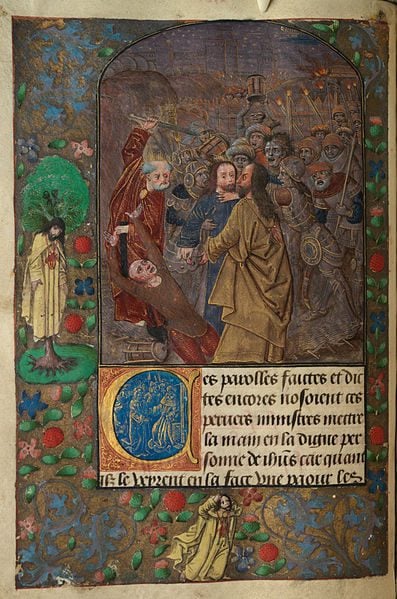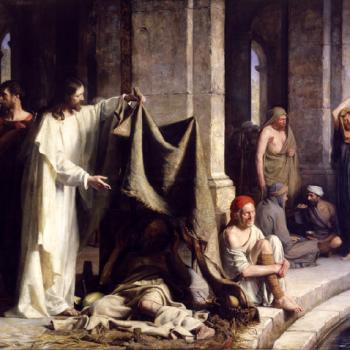
“See the interior renderings of the Tooele Valley Utah Temple”
***
I offer here an interesting passage from Mark D. Roberts, Can We Trust the Gospels?: Investigating the Reliability of Matthew, Mark, Luke, and John (Wheaton, IL: Crossway Books, 2007). Roberts, who, at the time his book was published, was senior pastor at Irvine Presbyterian Church in southern California, earned a Ph.D. in New Testament studies from Harvard University:
How should we evaluate the antiquity of the Gospel manuscripts? The smallest time gap, the one between P52 and the autograph [i.e., the original manuscript] of John’s Gospel, is two generations. The more complete manuscripts are about a century later than the original writings, with extant copies of the whole New Testament more than two centuries later than the time of composition. From our point of view, the period between the extant manuscripts of the Gospels and the autographs may seem awfully long, and may raise doubts about the reliability of the Gospel manuscripts.
But if we compare the antiquity of the Gospel manuscripts with similar ancient writings, the case for trusting the Gospels gains considerable strength. Consider, for example, the writings of three historians more or less contemporaneous with the evangelists: the Jewish historian Josephus and the Roman historians Tacitus and Suetonius. The oldest extant manuscripts of Tacitus and Suetonius come from the ninth century. Those of Josephus date back only to the eleventh century. We’re talking about a time gap of 800 to 1,000 years between the autographs and the extant manuscripts, yet historians accept the manuscripts as basically reliable representations of what was originally written. Lest it seem that I’ve chosen examples that are unusual, the oldest manuscripts of the classical historians Herodotus and Thucydides are separated from their autographs by about 500 years.
If someone were to claim that we can’t have confidence in the original content of the Gospels because the existing manuscripts are too far removed from the autographs, then that person would also have to cast doubt upon our knowledge of almost all ancient history and literature. Such skepticism, which is not found among classical scholars and historians, would be extreme and unwarranted. (30-31)












